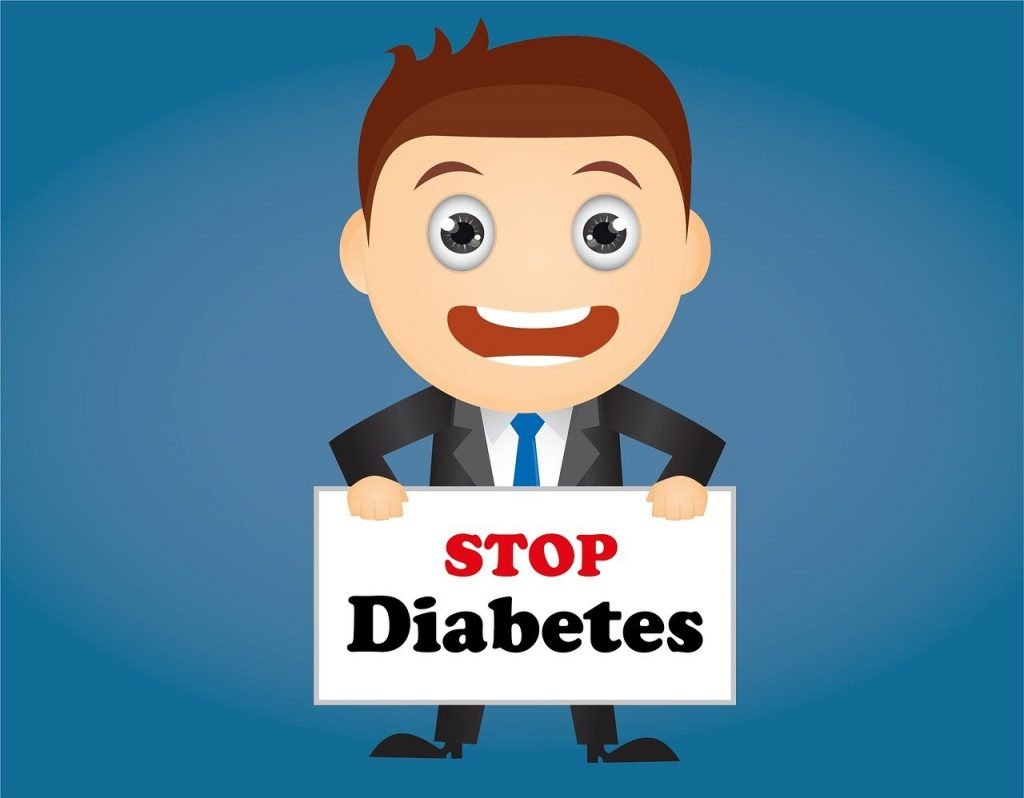
The treatment of diabetes varies from person to person, according to personal laboratory tests performed by each patient and their blood glucose values. According to the complications of diabetes that we have previously presented, the risk of microscopic and pathological vascular diseases becomes high whenever there is a higher concentration of blood sugar over a certain period.
In addition, since cardiovascular diseases are more dangerous if the patients are old and experienced diabetes for a longer period of time, we need to treat this group seriously and balance the values of glucose concentration in their blood as much as possible.
While treating this group of people, we should prevent the severe drop in blood sugar concentration, or a sharp drop in blood pressure, and pay attention to the overall health status of the patient. We should also pay close attention to the types of medications the patient uses, as he may be suffering from more than one disease in addition to diabetes.
We can divide diabetes treatment into three sections: treatment of type 1 diabetes, treatment of type 2 diabetes, and treatment of gestational diabetes.
The treatment of type 2 diabetes includes:
Research has shown the importance of monitoring and recording glucose values in the blood on a daily basis. It helps treat this group of patients better and deliver the appropriate insulin dose.
We can monitor and record glucose concentration values in the body in two ways:

We can divide insulin therapy for this category into two sections:
This is a daily injection that provides the body with the basic amount of insulin. It makes it easier for the patient to accept treatment because they don’t need injections more than once a day.
This refers to the insulin taken immediately after daily meals. Diabetics usually adapt the amount of food they eat and glucose concentration in the blood to the short-term amount of insulin taken after each meal.
The treatment of type 2 diabetes includes:

These changes designate:
Top medications include:
It is a special primary treatment line for obese people. It acts by inhibiting glucose production in the liver, reducing its concentration in the blood.
One of the known side effects of this drug is the decrease in weight and its effects on the digestive system. It may be inappropriate and even harmful for people with chronic kidney failure diseases.
It is a drug that helps secrete insulin in the body by making changes in the electrical charge of the membrane of cells that secrete insulin.
A known and common side effect of this medication is gaining excess weight and severely declining glucose concentration in the blood. So elderly people exposed to recurrent cases of a severe drop in blood glucose concentration should be careful not to take this medication, which may be inappropriate for them.
This type of drug reduces insulin resistance in the body and can induce insulin secretion.
These drugs work similarly to Sulfonylurea. A known side effect of this class of medications is gaining excess weight.
These drugs work by slowing down the absorption of sugar in the digestive tract. A known side effect of this category of medications is bloating and diarrhea.

In general, these drugs help regulate the concentration of glucose in the body. They are not as strong and effective in reducing glucosylated hemoglobin significantly as other medications.
Unlike other drugs, these do not increase weight. Also, they are not highly risky by causing a sharp drop in glucose concentration in the body.
Through the role of peptides in the digestive tract, these drugs balance glucose concentration in the blood. Among the known side effects of this drug are weight loss, vomiting, nausea, and diarrhea.
They include:
Insulin therapy has become more common recently, although many patients have refused to accept injection therapy on a daily basis. It is divided into two types:
This is a daily injection that provides the body with the basic amount of insulin. Hence, the patient finds it easier to accept treatment because they don’t need the injections more than once a day. Doctors can prescribe this type of treatment along with other oral medications to fight the disease more effectively.
Here, patients should take insulin daily immediately after meals. They should always adapt the amount of food to the short-term amount of insulin they take after each meal.
Generally, patients take it along with insulin in the form of injections.
Monitoring the concentration of glucose in the blood, especially in the morning hours, is important and usually gives information about the disease balance in patients. Doctors usually take care of these recordings to decide on appropriate treatment for patients and the need to add other medications to better balance the disease.
In addition to direct treatment to reduce the concentration of glucose in the blood, there are equally other important treatments that can help reduce the risk of cardiovascular diseases. They include:
In order to maintain the health of the fetus and prevent complications during childbirth, patients must balance their blood sugar levels.
In addition to taking care of healthy nutrition and exercise, diabetes treatment can also include follow-up of blood sugar levels and, in some cases, insulin use.
The medical staff follows up on the blood sugar level, even during the delivery process. If the sugar level of the pregnant woman rises, the fetus’s body may secrete insulin with high concentration. This may lead to lower blood sugar immediately after birth.
By maintaining a healthy lifestyle, many people with prediabetes can restore blood sugar levels to normal. Or, they can at least prevent it from rising to levels similar to those recorded in type 2 diabetes patients.
It may also be useful to maintain a healthy weight by exercising and following a healthy diet.
Medications can sometimes be an appropriate and effective treatment for diabetes for people in one of the groups at risk. These can include cases where prediabetes is exacerbated. The diabetic can also have other diseases, such as cardiovascular and fatty liver diseases or polycystic ovarian syndrome.
The drugs we are talking about here are oral diabetes medications, such as Metformin. In some cases, we may need other medications, especially Statins, to balance cholesterol levels, and medications to treat hypertension.
Your doctor is likely to prescribe a low dose of Aspirin as a disease prevention measure. Yet, a healthy lifestyle remains the key to success.
Leave a comment